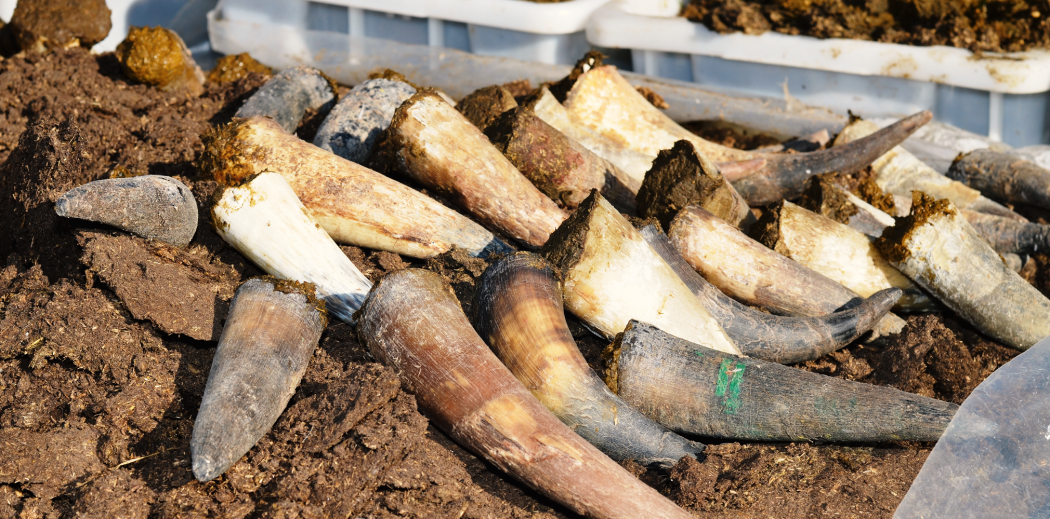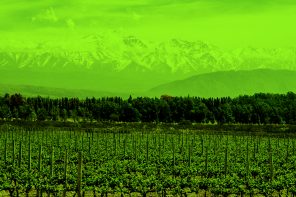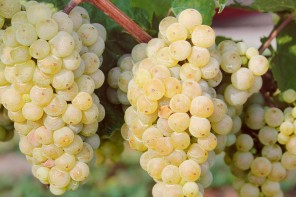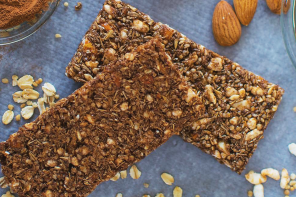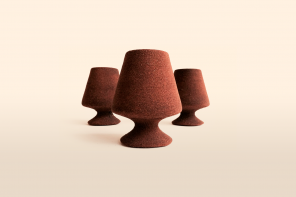These days, wine comes in oh so many forms. As always, there are a brain-bursting amount of different grape varieties, styles, producers, regions, vintages, so on and so forth. Now, it is time to add a new breed of wine identifiers to this absurd amount of classifications: natural, organic and biodynamic.
These labels tell consumers not just what kind of wine is in the bottle and where it’s from, but how it was produced.
To a certain extent, these three terms all communicate the same basic principle: wine should be made in a manner that is ecologically friendly. However, not everybody has the same idea of what “ecologically friendly” really means. Between each term there are important distinctions to be made, and biodynamic wines have perhaps the most fascinating background story of any eco-friendly wine.
So, what makes wine biodynamic?
To begin to understand what biodynamic means, you’ll first have to acquaint yourself with a man named Rudolf Steiner. Steiner was an Austrian philosopher, author, literary critic and architect. He was also known as an esotericist, which is what a philosopher calls somebody who comes up with a lot of super weird shit.
Up there with the rest of Rudolf’s unconventional philosophies and treatises is his theory of Anthroposophy. Anthroposophists believe that within nature there is an objectively real spiritual world. Better yet, humans can tap into this spiritual realm by way of “inner development” and an understanding of the natural sciences. That’s all to say, by achieving a deep understanding of nature we can actually gain access to the spirituality of the planet and become the world’s soulmate.
Biodynamic agriculture is an offshoot of Steiner’s main theory of anthroposophy. Steiner believed (among other things) that in order to tap into the world’s soul and attain a deeper understanding of nature, we must obey certain rules when it comes to agriculture.
Many of Steiner’s rules for biodynamic agriculture are completely sensible and in line with scientifically informed ecological principles. At the core of biodynamic agriculture is the belief that an ecosystem must regulate itself, and that keeping human interference to an absolute minimum is crucial to healthy plant and animal life. (If you don’t want bugs around, a biodynamic farmer would say, don’t cut down the trees that house the birds that eat those bugs.) It should go without saying that biodynamic agriculturalists do not use pesticides, fungicides and other artificial/non-organic chemicals.
By and large, modern vineyards violate each and every one of these principles. The vast majority of winemakers will use pesticides, fungicides and the like to keep insects, critters and rot away. Trees are cleared and any plant life (aside from the grapevine of course) is eradicated so that all the nutrients in the soil go towards the cultivation of the grapes. This approach is the opposite of wholistic. It’s about as far from biodynamic as possible.
The thing is, many of Steiner’s other rules for biodynamic agriculture fall under that “esoteric” category. In order for any wine to be certified biodynamic, they must follow a strict (and rather odd) set of rules that includes the ritualistic fertilization of soils:
- Preparation 500 – Cow manure is buried in cow horns in the soil over winter. The horn is then dug up, its contents (called horn manure or ‘500’) are then stirred in water and sprayed on the soil in the afternoon. The horn may be re-used as a sheath.
- Preparation 502 – Yarrow flowers are buried sheathed in a stag’s bladder. This is hung in the summer sun, buried over winter, then dug up the following spring. The bladder’s contents are removed and inserted in the compost (the used bladder is discarded).
- Preparation 505 – Oak bark is buried sheathed in the skull of a farm animal, the skull is buried in a watery environment over winter, then dug up. The skull’s contents are removed and inserted in the compost (the used skull is discarded).
- Preparation 508 – Common Horsetail (Equisetum arvense) made either as a fresh tea or as a fermented liquid manure is applied either to the vines (in this case usually as a tea) or to the soil (in this case usually as a liquid manure).
As any good grandfather drinking a Miller Lite, sitting in a La-Z-Boy and falling asleep with a lit cigarette in his hand would say- “that is some harebrained hippie crap, and I won’t have it in this house!” But winemakers are starting to bring it into their homes, and more importantly, their vineyards and cellars.
You could argue that Grandpa Clem isn’t totally off base, some of the “preparations” that the tenets of biodynamics require sound a bit more like voodoo than sound, scientifically-informed agricultural practices. The thing is, there are tons of critics and drinkers who have noticed a massive gulf in quality between wines produced in a conventional manner and wines that are biodynamic. Biodynamic agriculture might be weird, but the growing consensus is that it works.
Whether these wines taste better because winemakers buried a chunk of quartz in a sheep bladder for a year or because believers in biodynamic agriculture eschew the use of chemicals, pay careful attention to their land and maintain a flourishing and wholistic ecosystem is up to you. One thing’s for certain though, biodynamic wine is worth trying, whether or not you’re an anthroposophist.
Photo: Stefano Lubiana

